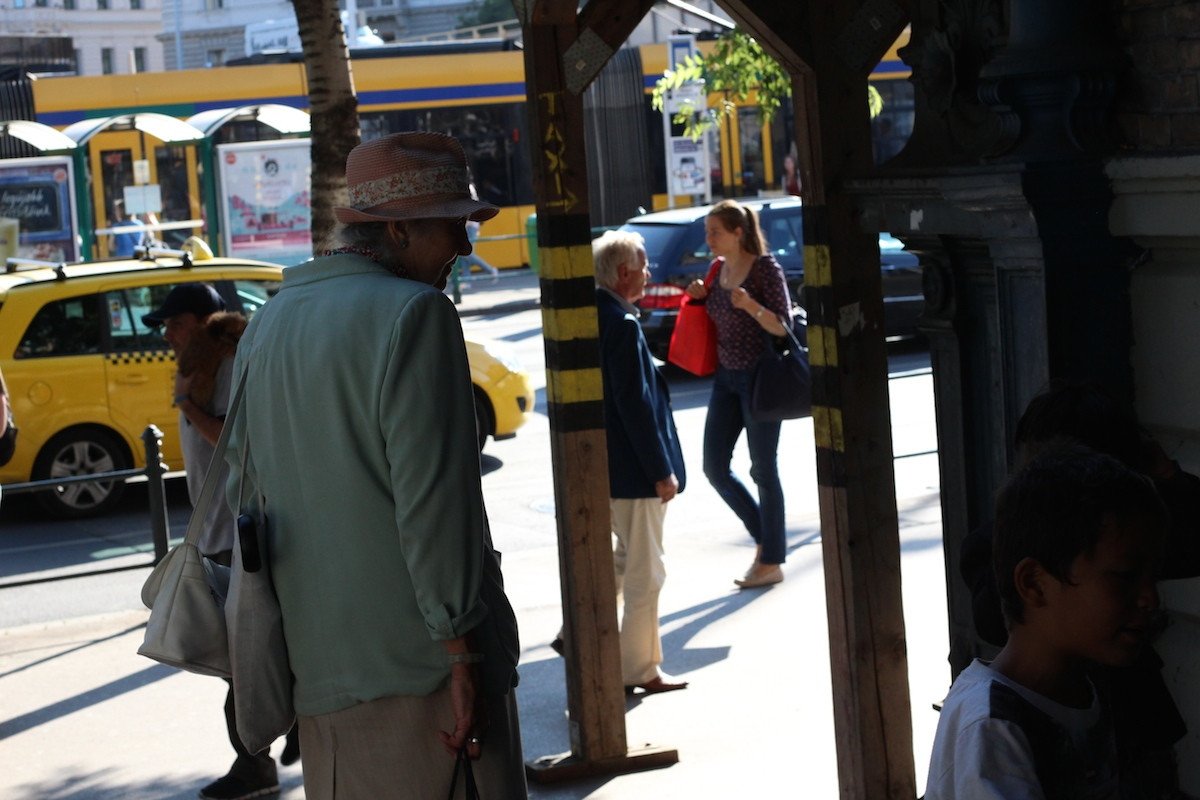AKO (NE)POCHOVAŤ SVOJE KORENE-manuál / WAYS (NOT) TO BURRY OUR OWN ROOTS-manual
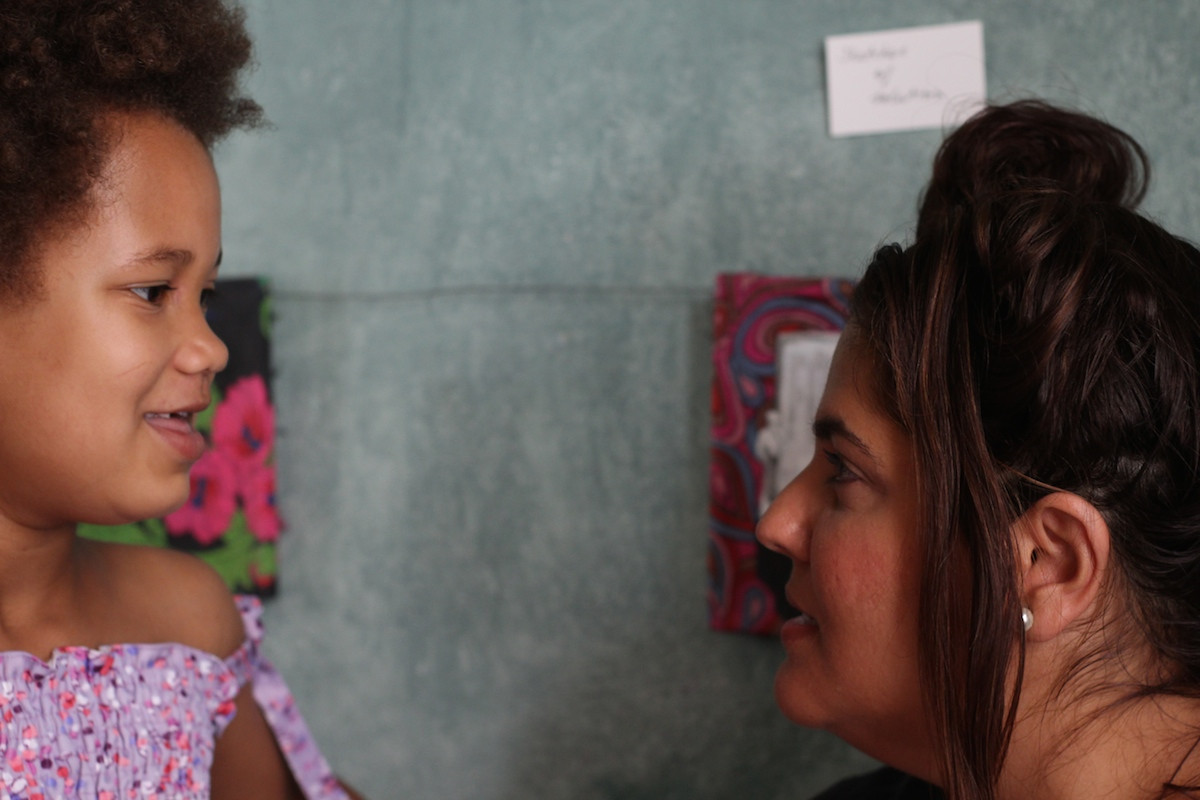
AKO (NE)POCHOVAŤ SVOJE KORENE-manuál / WAYS (NOT) TO BURRY OUR OWN ROOTS-manual
Claim you are an ALIEN>
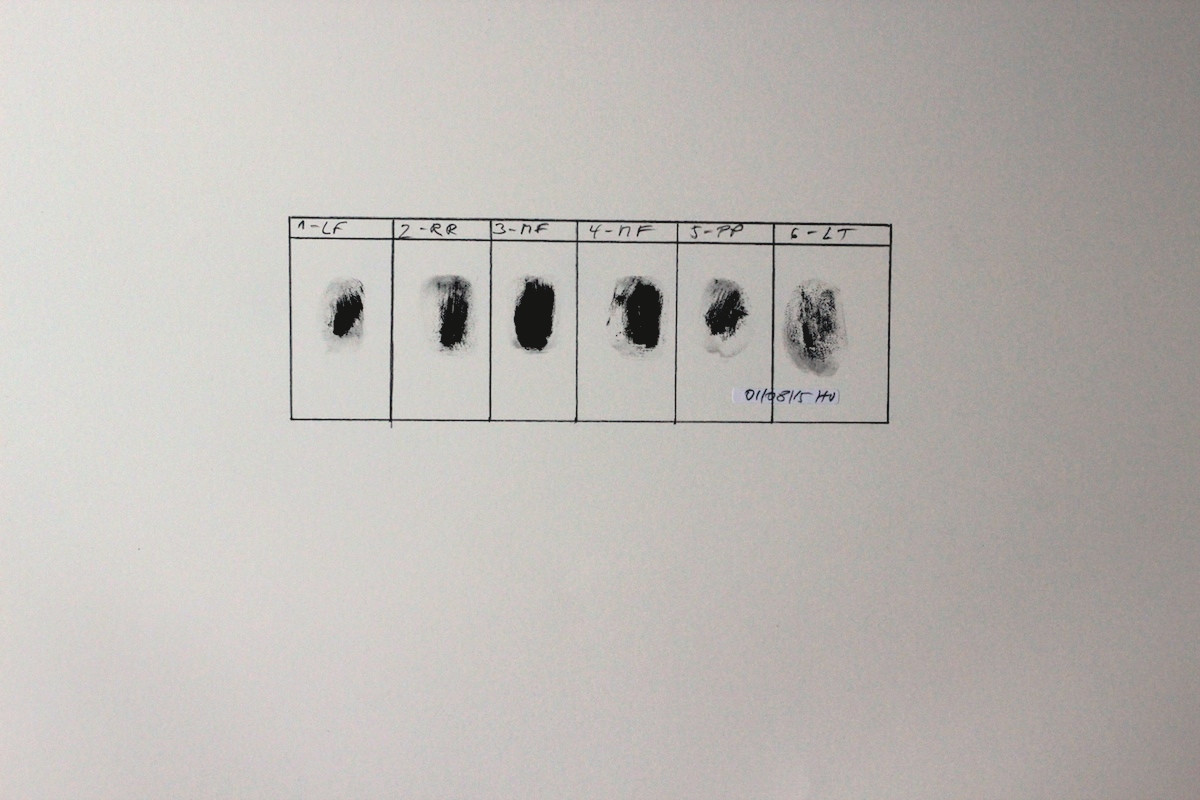
Drawing, fingerprint on paper, 90cm x 64cm, 2015.
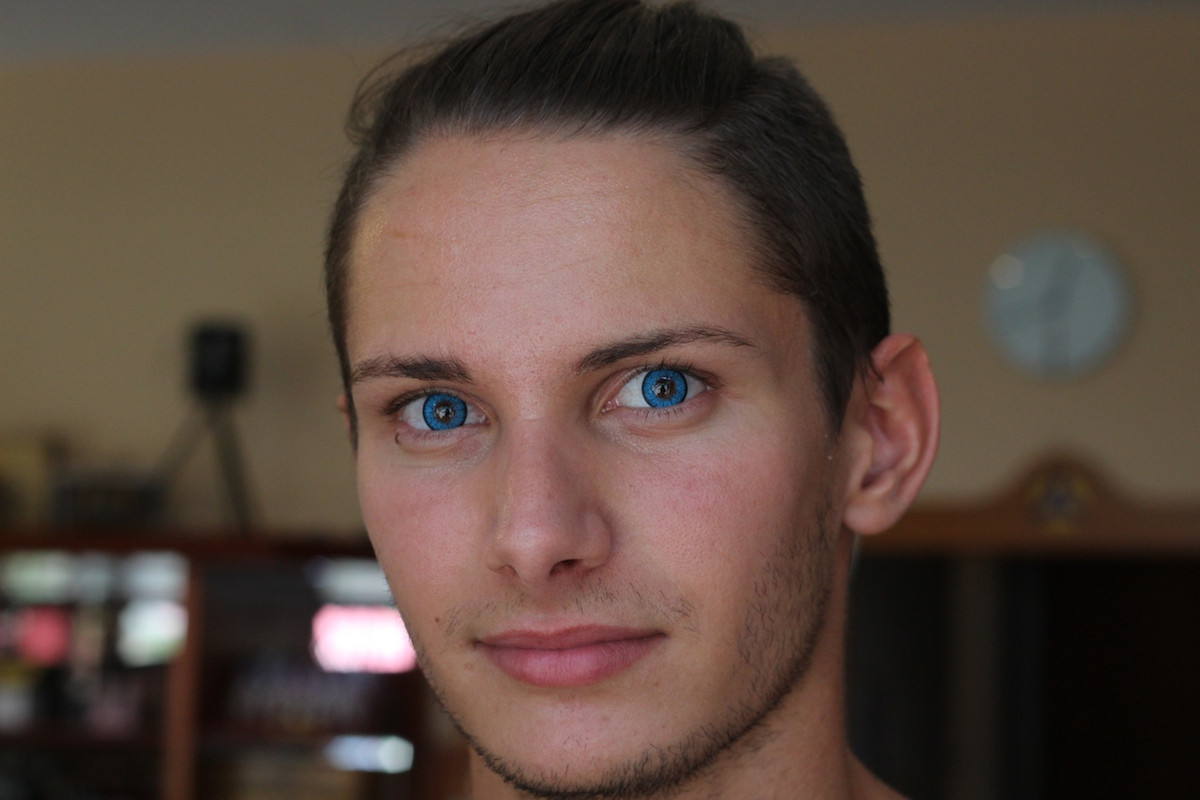
Josef Mengele was an SS physician, infamous for his inhumane medical experimentation upon concentration camp prisoners at Auschwitz. One of the areas of research interest for Dr. Mengele was the biological anomaly known as HETEROCHROMIA IRIDIS, the appearance of differently colored eyes in the same person. Many Sinti and Roma prisoners who suffered from heterochromia were killed in the camp by order of Dr. Mengele.
Josef Mengele bol lekár-nacista, ktorý v koncentračnom tábore Auschwitz na ľuďoch robil nehumánne vyskumy. Jeden z jeho výskumov sa zameriaval na tzv. biologickú anomáliu známu pod menom HETEROCHROMIA IRIDIS, čo znamenalo rôznofarebnosť očí u osoby. Mnohí SINTI a RÓMSKI väzni boli na základe tejto identifikovanej anomálie pochovaní.
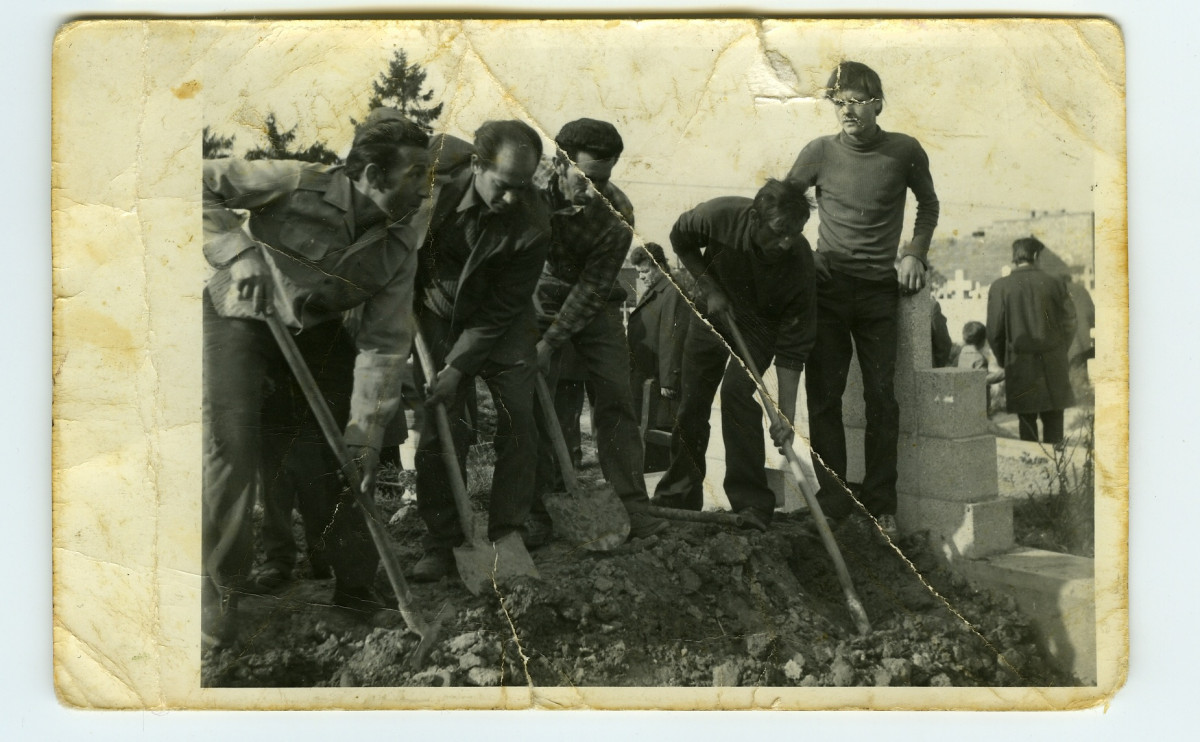
SPÔSOBY POCHOVANIA VLASTNEJ RASY - manuál
Od júla do septembra 2015 som spolupracovala s Galley8 v Budapešti. Téme ľudskej rasy sa nepretržite venujem od roku 2000. Môj najnovší záujem má korene sociálnom šejdizme, v zavrhnutí vlastnej rasy, histórie a rodinných koreňov za účelom ÚTEKU - väčšinou pred samým sebou. Moj rezidenčný pobyt v Maďarsku bol umožnený vďaka podpore kurátorky a historičky, Timey Junghaus. Projekt bol fiancovaný Višegrádskym Fondom.
WAYS TO BURRY OUR OWN RACE-manual
Between July and September 2015 I was working with the Gallery8 in Budapest. Since year 2000 I have been continuously investigating the human race. My current interest is based on the "social shadism" and the denial of our own origin/race, history and family roots for the sake of self-ESCAPE. Thank you to Visegrad Fund for their generous stipend and support of curator Timea Junghaus on my investigative journey.
Photographs shot in DISTRICT8, Budapest>
District 8 is an up-and-coming neighborhood in Budapest. It’s the neighborhood that tourists were advised to stay away from for many years. Neglected throughout the communist era, densely populated parts of District 8, with a high proportion of Roma families. I was first introduced to this area by Timea Junghaus, an art historian and cultural activist whom I have been keeping in touch over several years. I followed appearance of Gallery8 when living in England.
When asking people what they thought about this disctrict, I was told to be careful when going there. I previously lived withing the gypsy community in England. I didn't feel any danger when entering D8 - on the contrary I felt an unfavorable opinion or feeling formed beforehand. Once again, I sought comfort and cultural justification in the areas similar to this one.
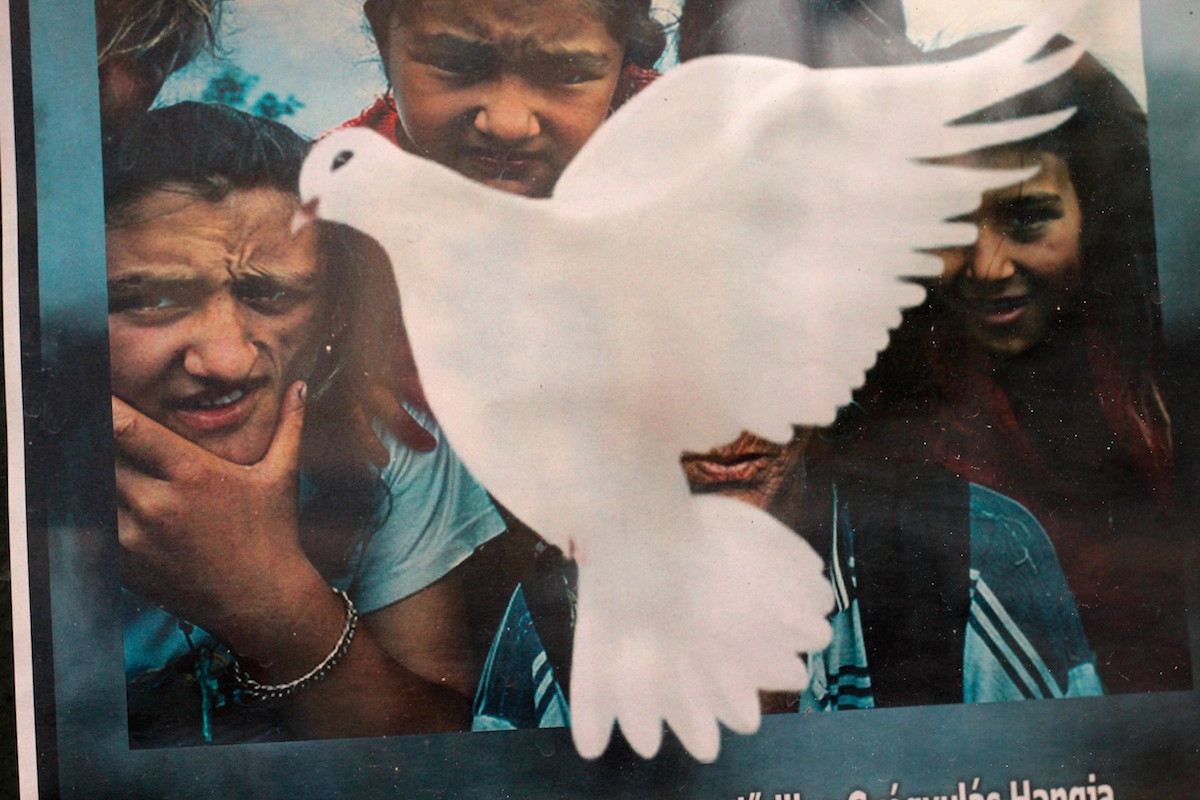
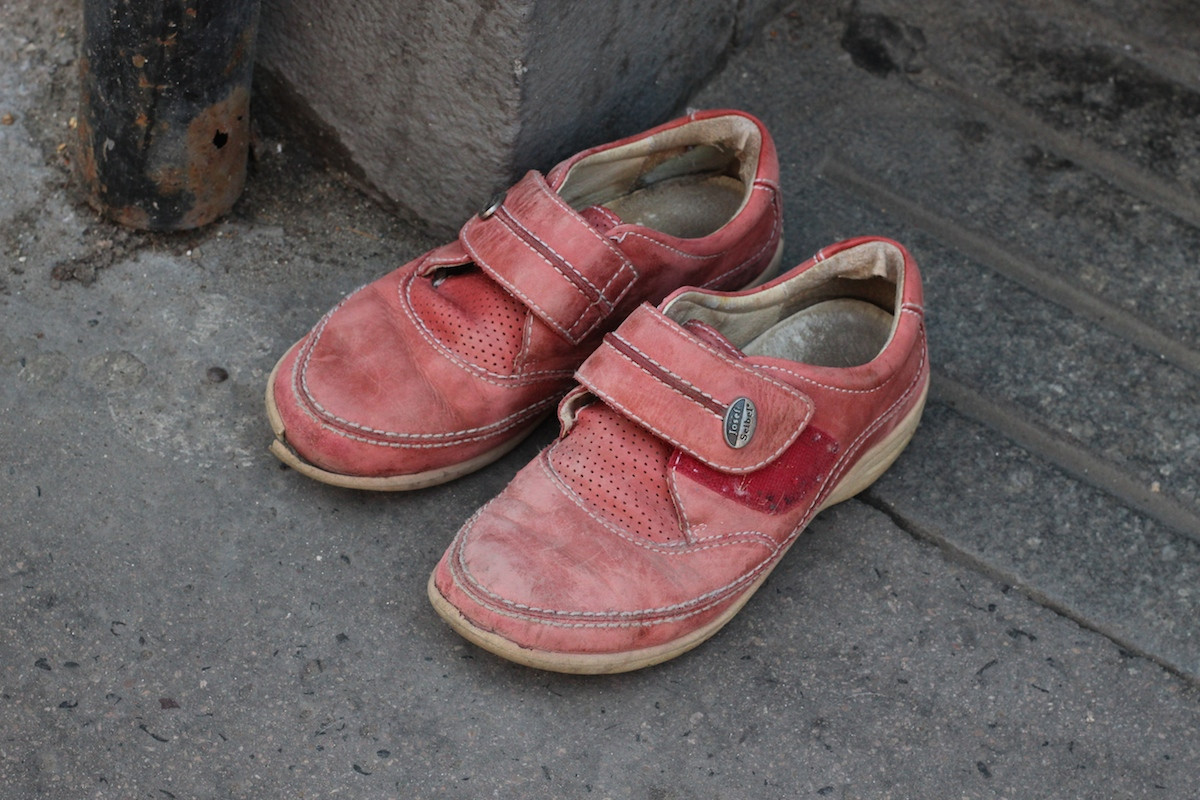

I walk through Barros utca, the steet is dividing district 8 into the upper and lower. Here aristocratic families of the Austro-Hungarian Empire built more than 30 palaces and mansions between 1867 and World War I.
But I am interested in the right side. To discover more hidden gems and learn about the history of District 8, websites offer to book the guided tour into so-called poverty. Budapest Beyond Sightseeing specializes in unique guided tours of D8. They offer 'Socio-cultural' tours, which give an insight into the district's diversity through face-to-face meetings with locals, including Roma families.
Just imagine tourists coming to your door for a chat. I speak to locals with my camera. Oh baby, we've got connection>
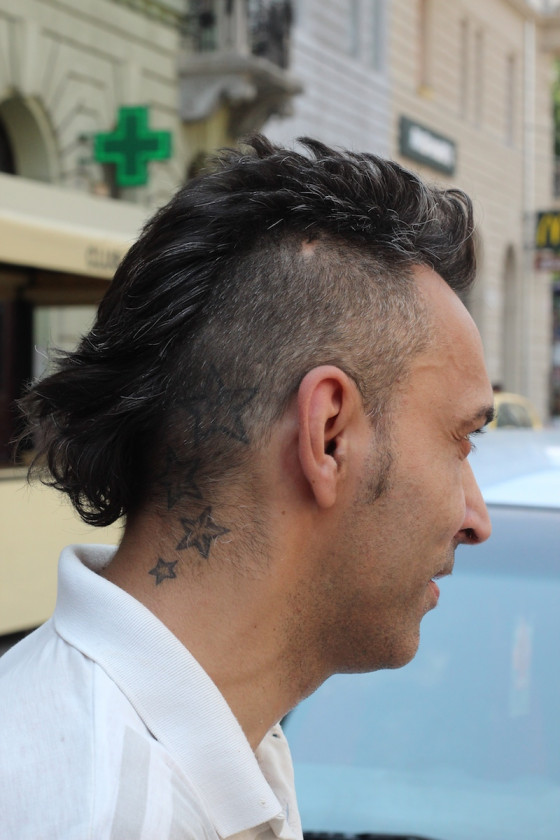
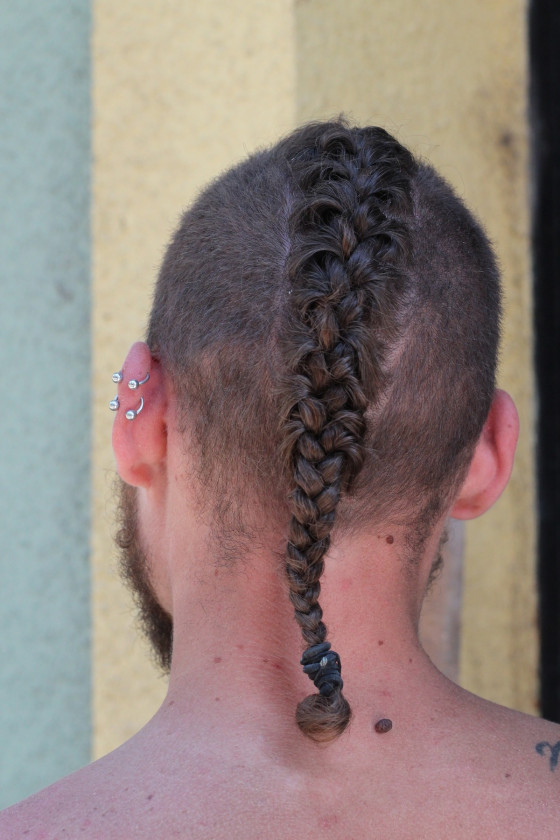
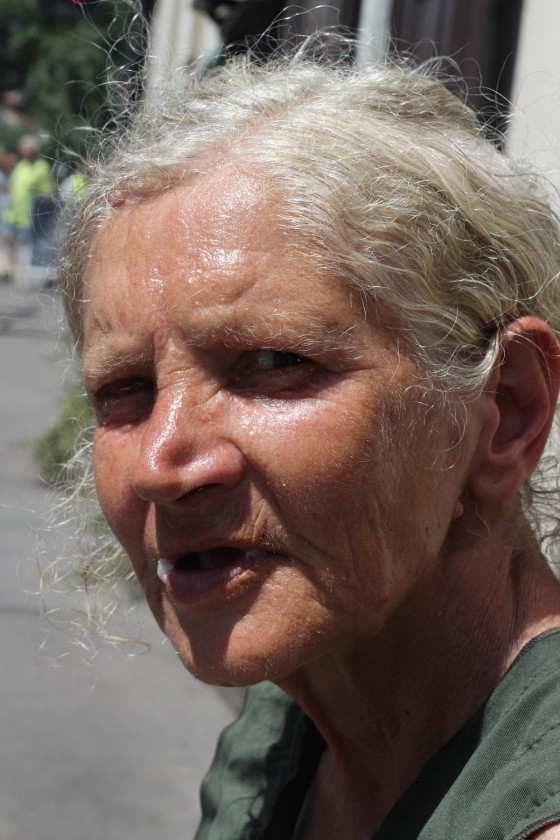
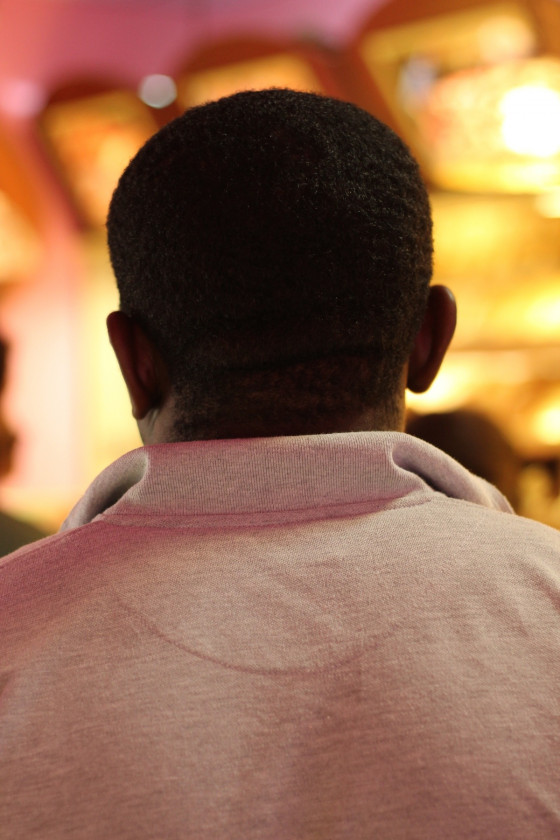
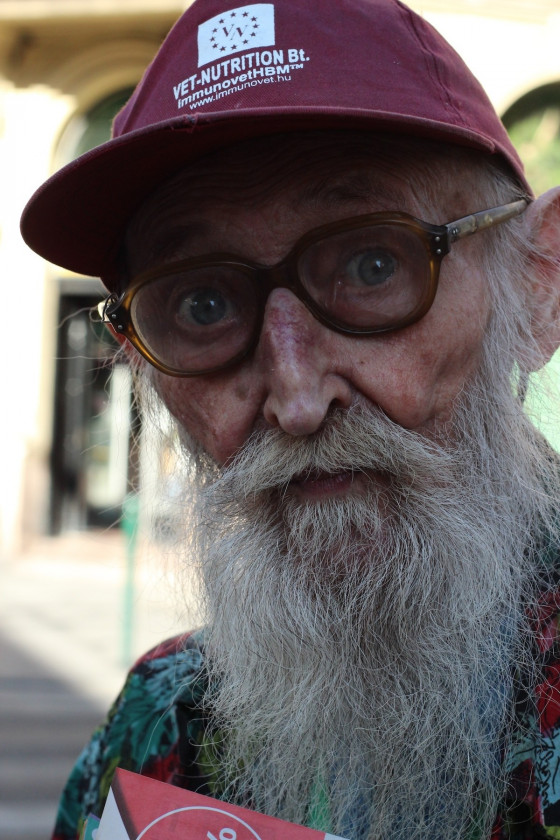
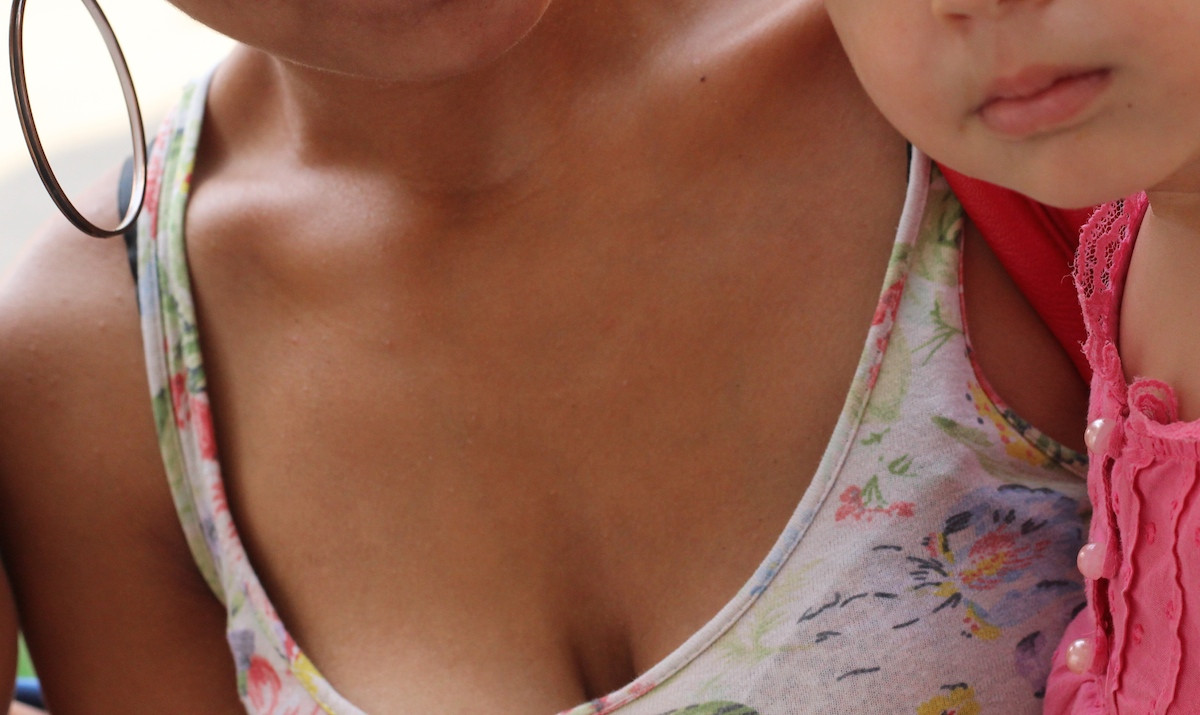
Thursday 30th July 2015
I woke up thinking about the women I have seen standing around the station since Monday. The news one sees on TV have nothing to do with the feeling I have to face in reality. I take some belongings my kids've left behind when leaving Budapest. I set off to the Nyugati train station - that is the place where immigrants hung around. I get desperate as I cannot find the bunch of women whom I would see yesterday and the day before. Where the fuck are they? It is raining, so I go underground. I see them standing in a close circle... Nobody cries - I would. I give a pushchair away asking them where they are from...Sudan...Each day I go to the station, I see people keeping themselves close, something like 10 cm away from each other. They keep together, solidarity and hope is what they have. The police is rather human. They walk around-like if in fear.
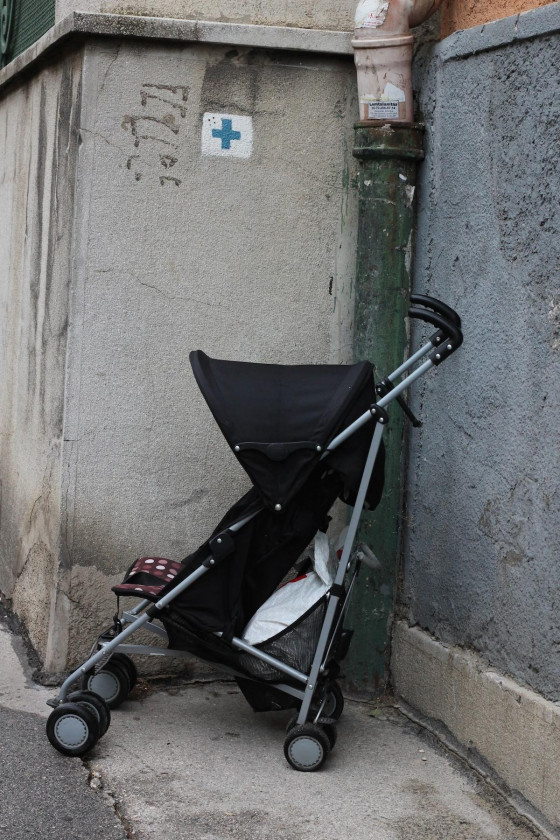
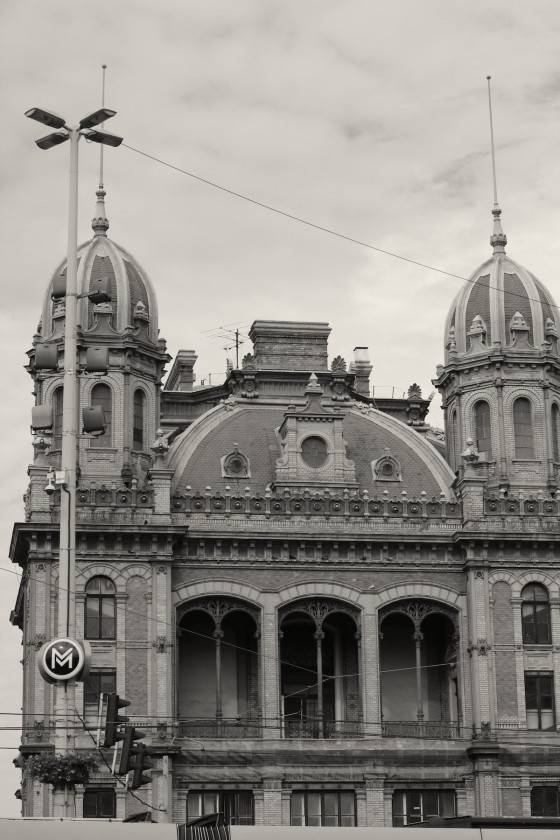
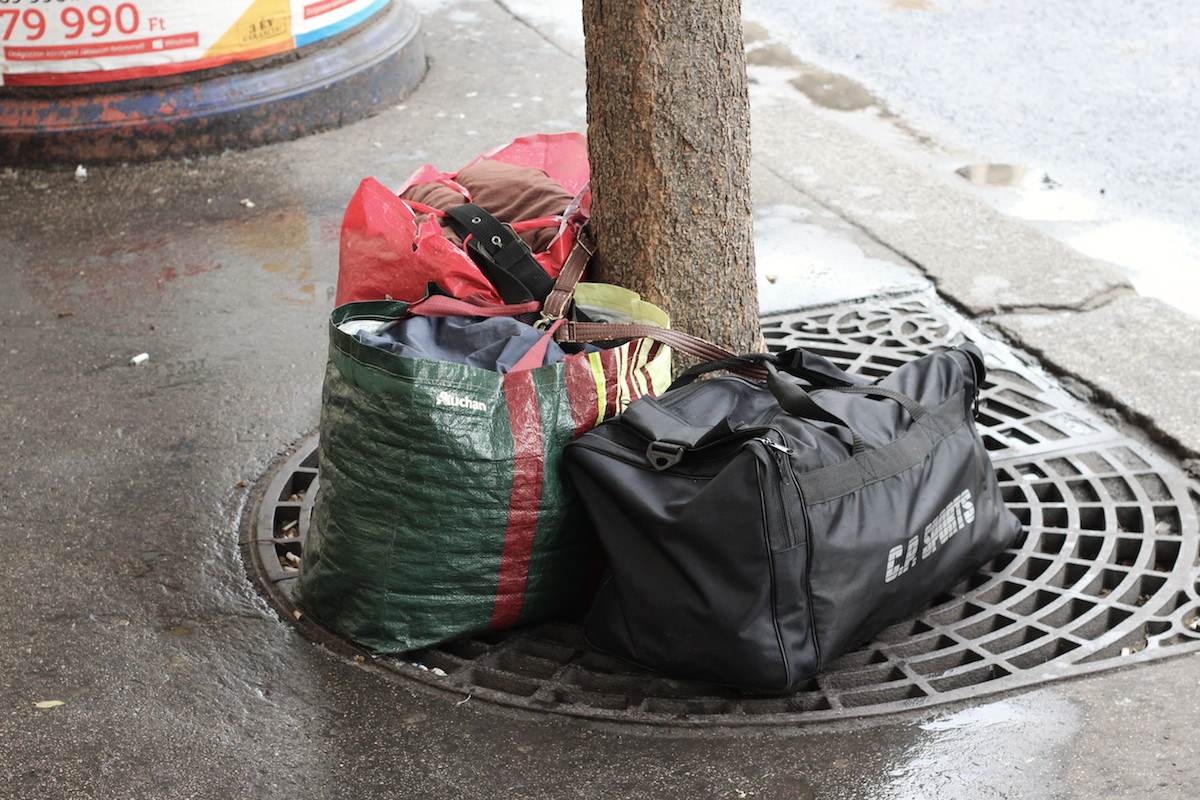
Friday>
I stopped outside the station on my way from gallery. Tired, yet curious about what is happening there today. I saw new countless group of people...they weren't there yesterday. More children than yesterday...the older children were taking care of younger, all in peace with the bigest empathy I have seen. I admire the calm atmosphere of this always-changing transitional place. I do not feel like asking people where they are coming from. I know they are from the war-surrounded piece of land - that is enough for me to know. I stay for about 40 minutes, watching what will happen. Today some aid came, I see locals standing next to water supplies. I approached them. They were migration aid volunteers, all english speaking they told me that Nuygati station has became the meeting point for illegal immigrants who aparently refuse to go to the immigration camps. They fear of being deported back to their countries. Aparently the country they are coming through is Serbia...as they have links...I see a heavily pregnant woman sitting on the steps...she looks like she is going to give birth yet she is calm. The passer-by unexpectingly throws an unfinished can of fizzy drink at us then he runs off. We try to identify him however he must have boarded the train...
I snap the photo of woman kindly watching immigrant kids relaxing ont he stairs. It is time to go home.
